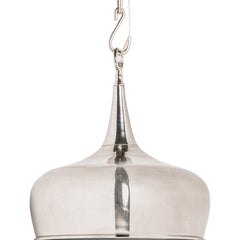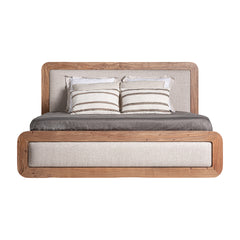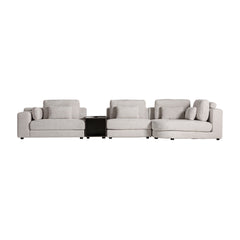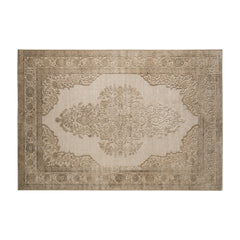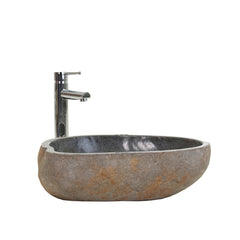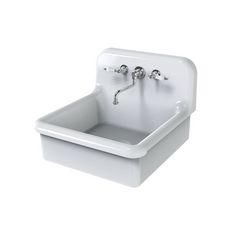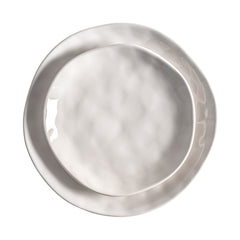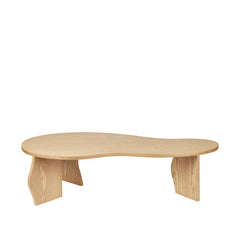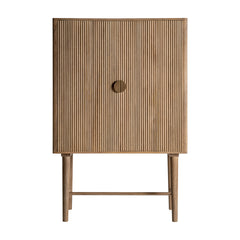The Importance of Intention in Furniture Design
Furniture isn't just functional—it shapes how we interact, feel, and perform in a space. A recent design spotlight emphasizes that each piece—from chairs to sofas—is purpose-built, influencing posture, mood, and social dynamics
-
A meeting-room chair’s upright height and formal materials signal authority and focus. Swap it for a low, plush sofa, and the atmosphere shifts—posture relaxes, hierarchies blur, and interactions become informal (archdaily.com).
-
Thoughtful furniture considers interaction type, rhythm of use, and context. When intention is ignored, even visually appealing interiors can feel disconnected (archdaily.com).
-
Versatility works—but only when intentional. A chair that serves both formal meetings and casual lounges succeeds because its design is calibrated for multiple settings (archdaily.com).
-
Good design feels intuitive, not imposing. The best pieces seamlessly support their purpose and environment (archdaily.com).
Why It Matters
-
Behavioral Influence: Furniture informs how users sit, interact, and feel—affecting work style and social tone.
-
Design Coherence: Aligning furniture with intention ensures spaces feel unified rather than haphazard.
-
Conscious Flexibility: When designers design for adaptability mindfully, furniture can suit diverse uses without compromising integrity.
-
Invisible Comfort: The best furniture feels “right” even if you’re not consciously noting it—because it supports its purpose instinctively.
In short: every design decision—height, material, posture—should serve a clear intent. That intentionality transforms furniture into more than decoration—it makes it a catalyst for experience.ẹn
0 comments

